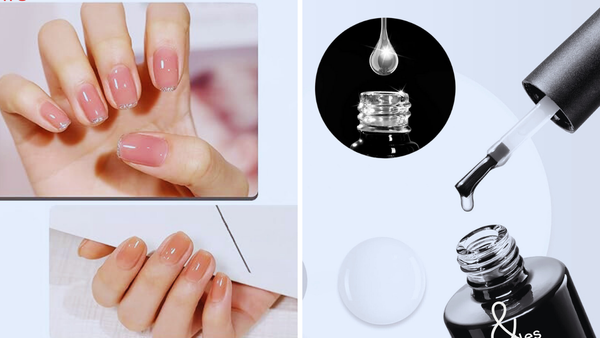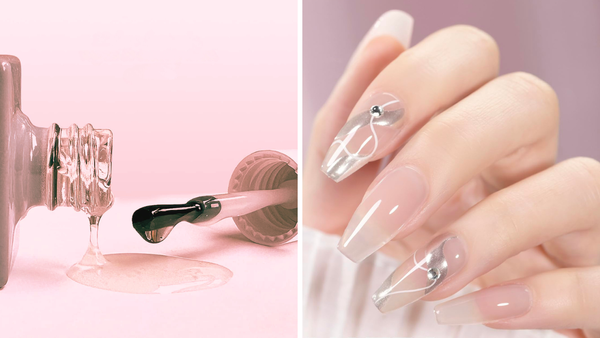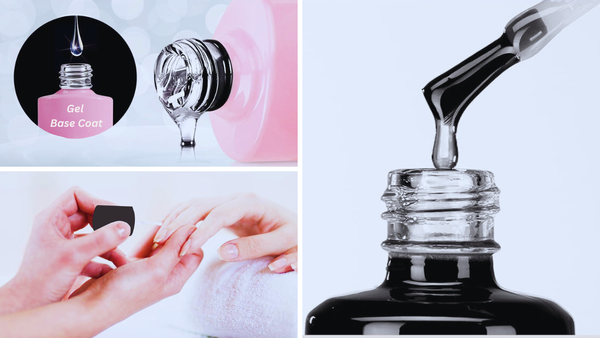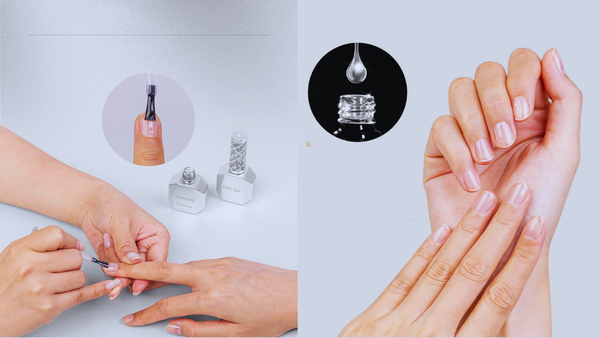Key Takeaways:
- Understanding the role of a gel base coat in the longevity and health of a gel manicure.
- Insights into the application process and benefits of using a gel base coat.
- Tips for maintaining gel nails and the importance of proper gel polish removal.
Gel manicures have revolutionized the world of nail care, offering a long-lasting and glossy finish that traditional nail polish simply can't match. But with the rise of gel polish comes a question that many nail enthusiasts and professionals ponder: is it necessary to use a gel base coat? Let's dive into the details to uncover the truth behind the base coat's role in a gel manicure.
The Foundation of a Flawless Gel Manicure
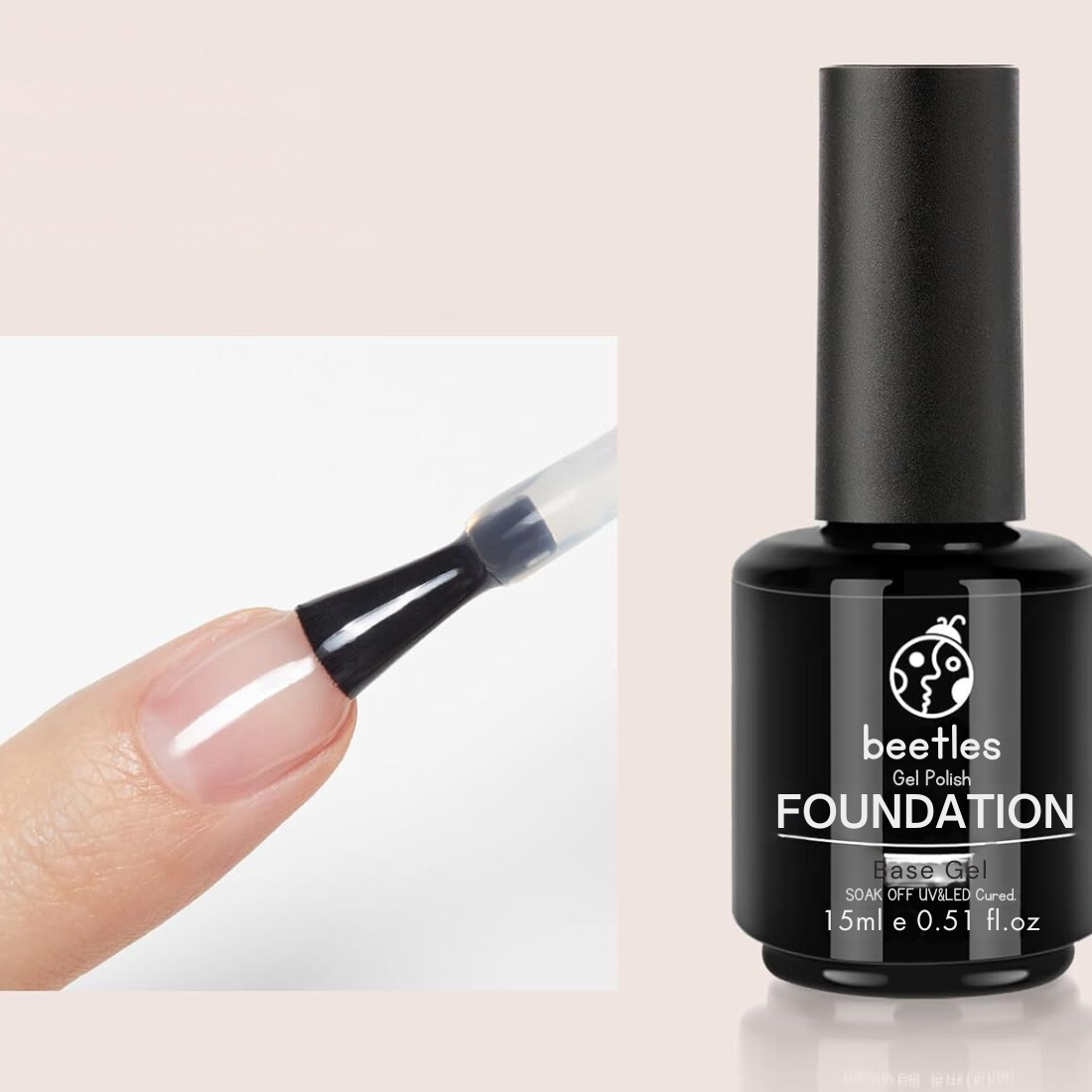
The base coat acts as the foundational layer for any gel polish manicure. It's designed to adhere properly to the natural nail, creating a smooth surface for the colored polish to sit upon. Without this crucial step, the gel polish may not bond effectively, leading to potential chipping and a shorter lifespan for your manicure. A good quality gel base coat ensures the entire nail is covered, protecting the nail plate from staining and damage.
The Science Behind Gel Base Coats
Gel base coats are formulated differently from traditional base coats. They contain specific ingredients that react under a UV or LED lamp, curing the product to create a hard, durable layer. This curing process is essential for the gel polish to adhere properly to the nail surface. Skipping this step can result in a manicure that lifts or peels prematurely, which is not only unsightly but can also lead to nail damage.
Application: A Step-by-Step Guide
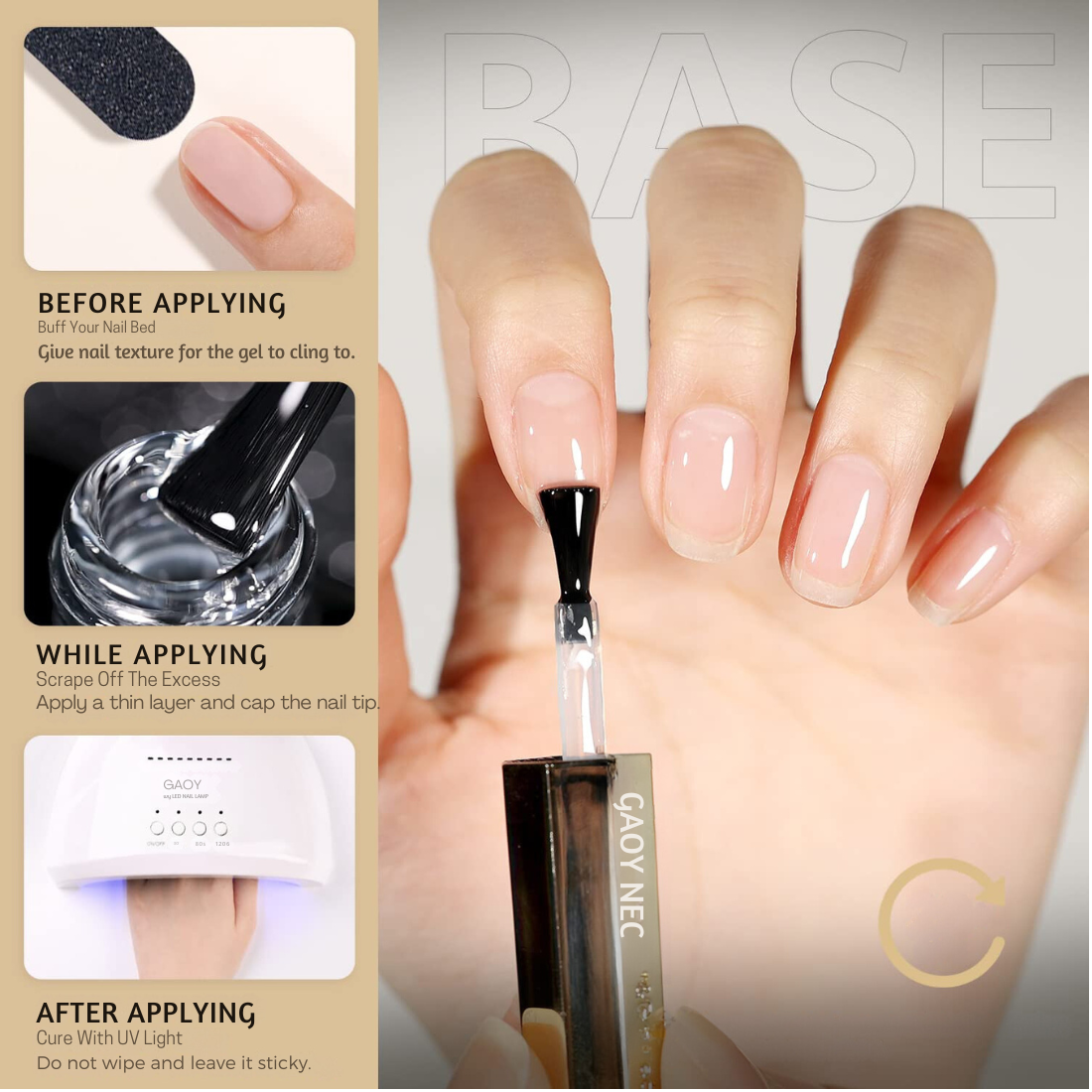
Applying gel polish is an art that begins with a clean, prepped nail surface. Start using a nail file and cuticle pusher to shape the nails and push back the cuticles. Apply cuticle oil to keep the skin around the nails moisturized. Next, cleanse the nail plate to remove any natural oils or debris. Apply a thin coat of gel base coat, ensuring to cover the entire nail, including the free edge. Cure under a UV or LED lamp according to the manufacturer's instructions.
The Role of a Gel Base Coat in Nail Health
A gel base coat does more than just help the color polish stick. It also acts as a barrier between the natural nail and the gel polish, protecting the nail from potential damage caused by the gel polish removal process. Regular use of a base coat can help maintain nail health, preventing issues such as brittleness and discoloration.
Gel Base Coats vs. Traditional Base Coats
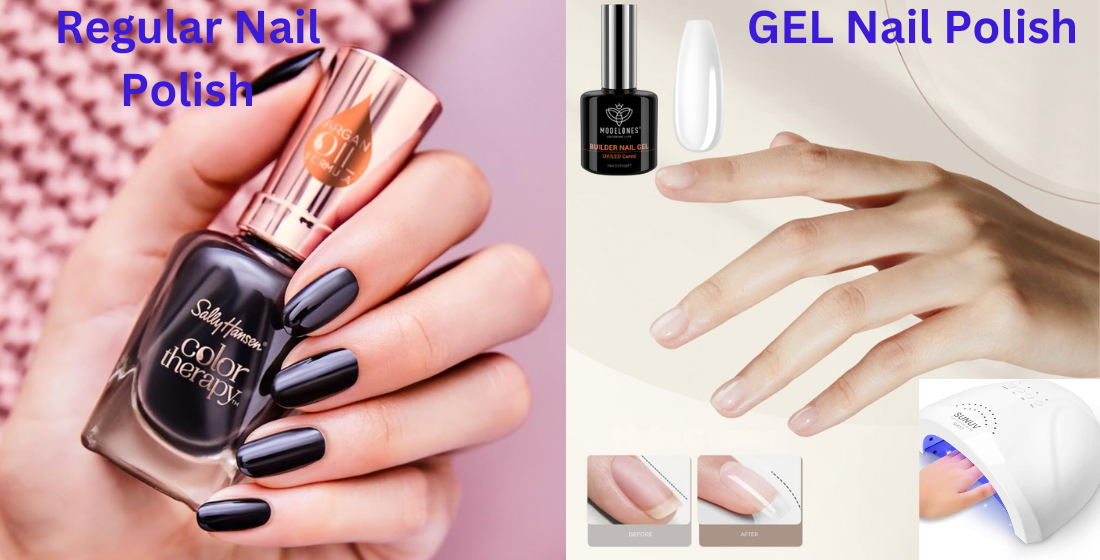
While traditional base coats are used to smooth out imperfections and prevent staining from normal nail polish, gel base coats are designed to work with the gel system. They are thicker and must be cured properly under a UV or LED lamp. This makes them fundamentally different from regular base coats, which simply air dry.
The Importance of Thin Coats
When applying gel polish, it's crucial to use thin layers. A thin coat of gel base ensures that the product cures evenly and thoroughly, which is necessary for a long-lasting manicure. Thick layers may not cure properly, leading to a manicure prone to lifting and peeling.
The Fun Part: Color Application
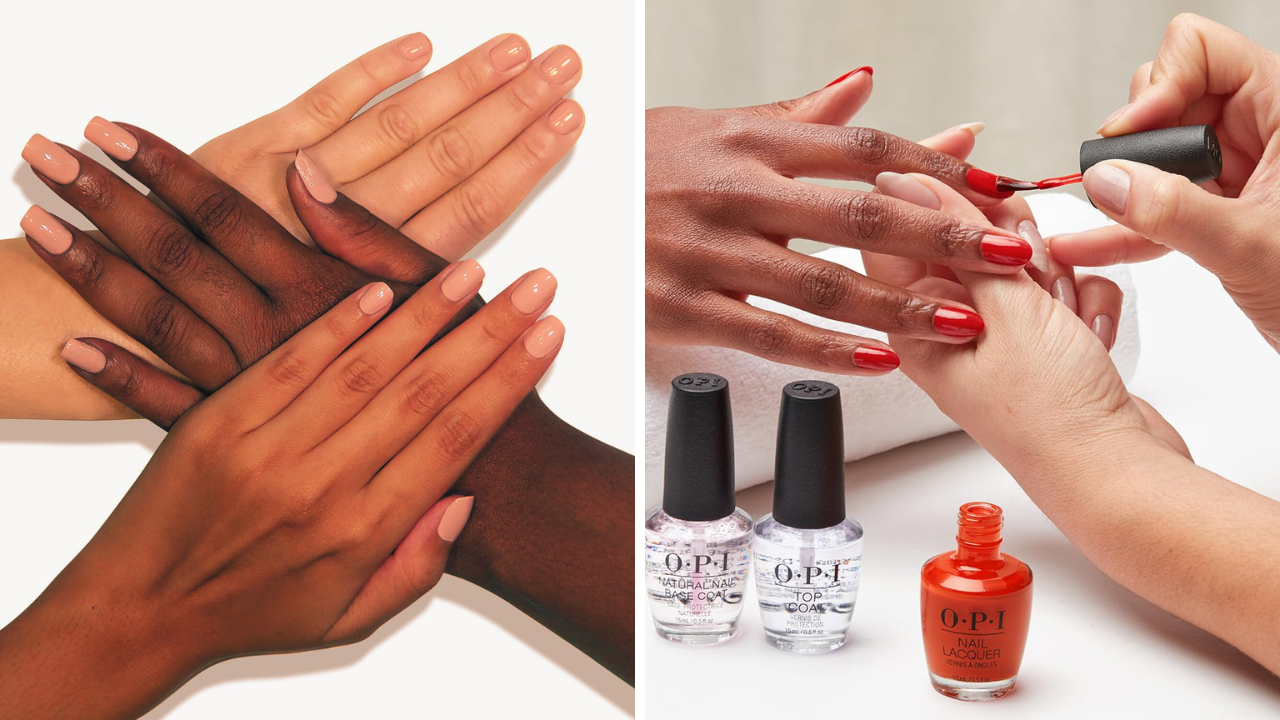
After the base coat is cured, it's time for the fun part – applying the colored polish. Gel polish should be applied in thin coats as well, with each layer being cured under the lamp. This step-by-step process ensures the polish adheres properly and provides a vibrant, even color.
Maximizing Longevity: The Role of Proper Curing
Regarding gel manicures, the curing process is not just a formality—it's a necessity for durability. Properly cured gel base coats create a bond significantly stronger than what you'd get with regular nail polish. This is because the gel base coat acts as a double-sided tape that adheres to the natural nail and the colored polish. When you apply gel polish, it's essential to cure it under a UV or LED lamp for the time specified by the product. Under-curing can lead to a manicure that peels or chips prematurely while over-curing can make the nails brittle.
The type of lamp you use—UV or LED—also plays a pivotal role in the longevity of your gel manicure. UV lamps have been the traditional choice, but LED lamps are gaining popularity due to their faster curing times and energy efficiency. Regardless of the lamp type, ensure that the entire nail, including the free edge and any nail art, is exposed to the light to cure properly. This step is crucial for a long-lasting manicure that resists lifting and chipping, allowing you to enjoy your beautiful nails for weeks.
Nail Preparation: The Key to Flawless Application
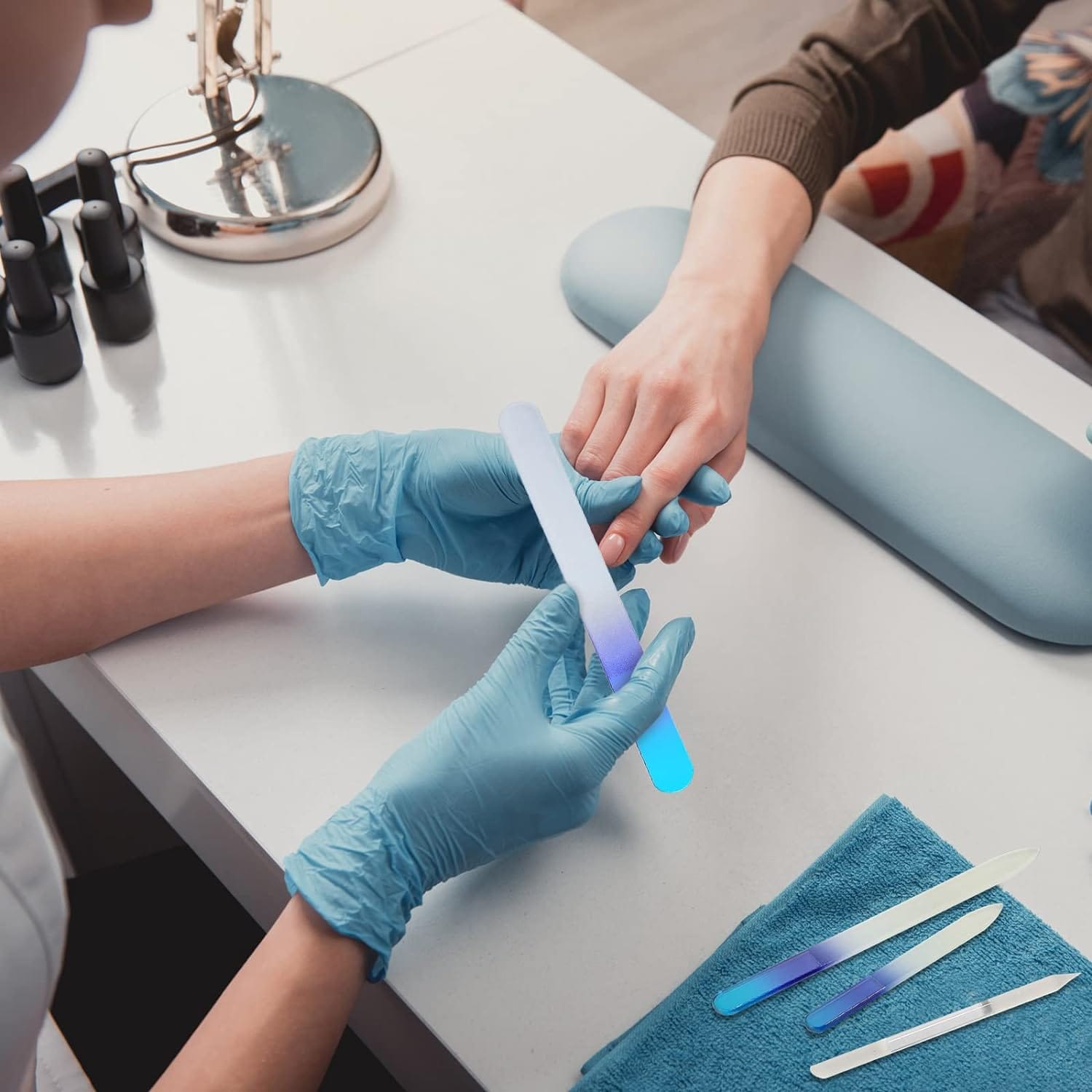
Before you even reach for the gel base coat, preparing your nails is a step you cannot afford to skip. Start by using a nail file to shape your nails to your desired style, paying attention to the free edge. Smooth nails ensure the gel base coat can adhere properly without any bumps or ridges that could cause lifting. Next, push back your cuticles with a cuticle pusher and apply cuticle oil to keep the skin around your nails moisturized. However, remember to wipe away any oil from the nail surface; natural oils can prevent the gel base coat from bonding effectively.
Once your nails are shaped and your cuticles are cared for, it's time to address oily nail beds, a common obstacle in achieving the perfect gel manicure. If your nail beds are naturally oily, a quick swipe with a cotton ball soaked in acetone can dehydrate the surface, ensuring better adhesion of the gel base coat. After these preparatory steps, you're ready to apply a thin coat of the gel base, creating a smooth surface for the colored polish to lay on. This meticulous preparation is the foundation of a flawless gel polish application that not only looks professional but also stands the test of time.
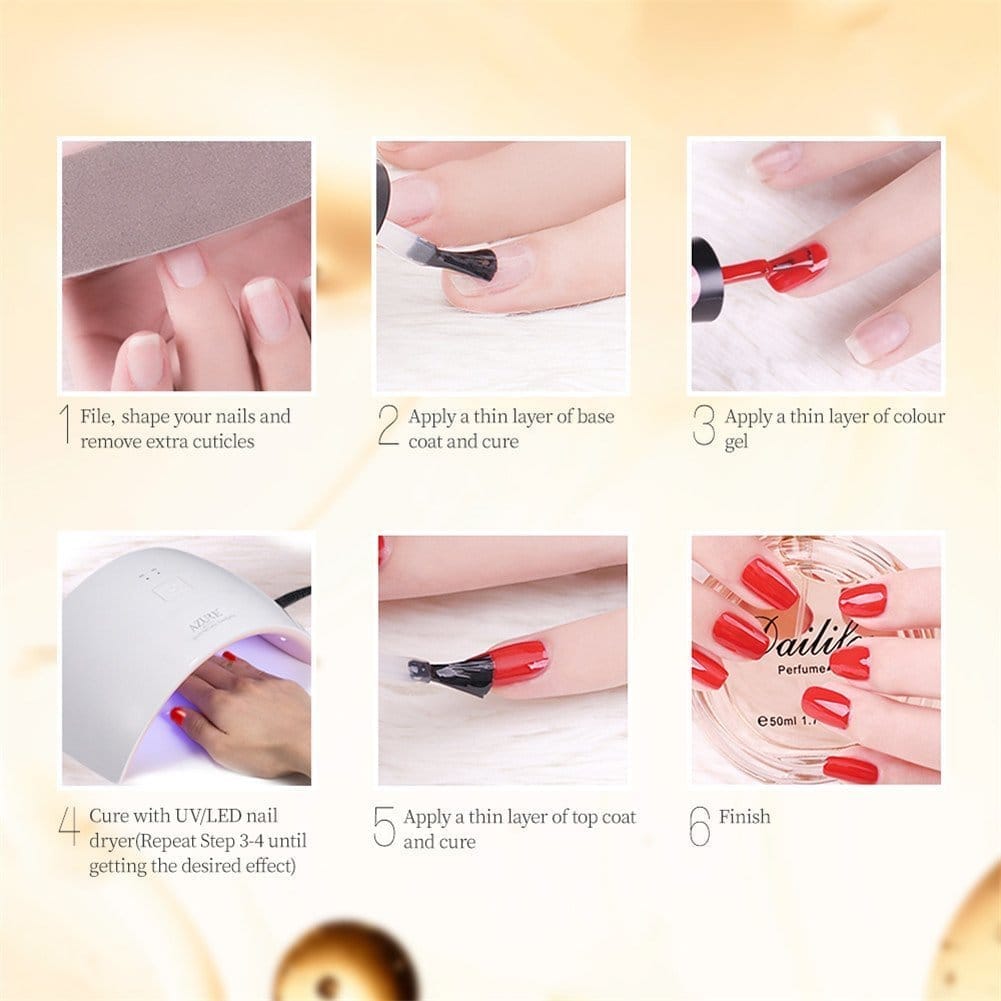
Sealing the Deal with a Gel Top Coat
A gel top coat is the final step in the gel manicure process. It seals in the colored polish and provides a glossy, protective layer. Like the base coat, the top coat must be cured under a UV or LED lamp to set properly. This layer is key to achieving that signature gel polish shine and durability.
Nail Art and Gel Base Coats
For those who love nail art, a gel base coat is essential. It provides a smooth surface for intricate designs and ensures that any nail art stays put for the manicure. Whether adding glitter, stickers, or hand-painted designs, starting with a base coat will make your nail art last longer and look better.
The Removal Process: Patience is Key
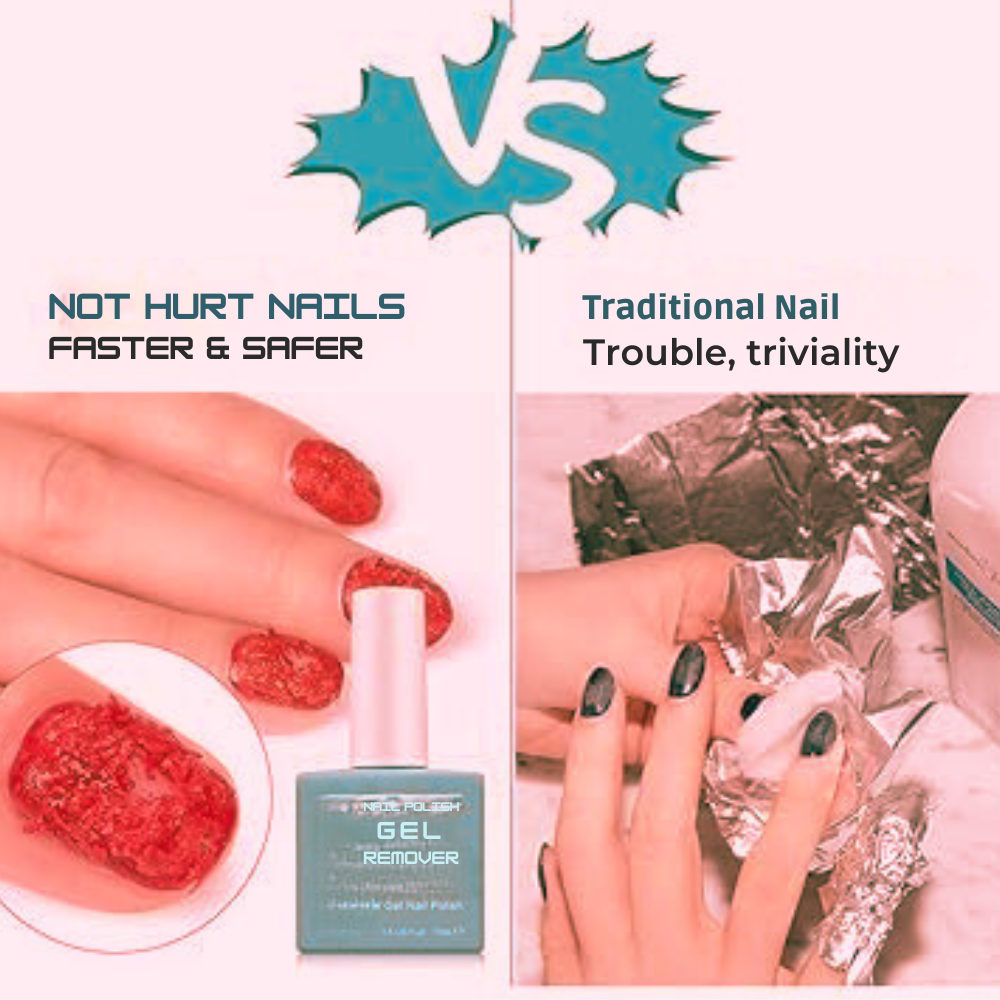
Gel polish removal requires patience and care. The process typically involves soaking a cotton ball in acetone, placing it on the nail, and wrapping it with foil. After several minutes, the gel polish should simply peel or wipe away. Skipping the base coat can make removal more difficult and increase the risk of damaging the natural nail.
Maintaining Your Gel Manicure
To keep your gel manicure looking its best, avoid using your nails as tools and wear gloves when cleaning or doing dishes. Regularly apply cuticle oil to nourish the skin around the nails and prevent hangnails. If you notice any lifting or chipping, resist the urge to peel the polish off, as this can damage the natural nail.
When to Skip the Gel Base Coat
There may be rare occasions when you consider skipping the base coat, such as using certain types of peel-off gel polishes designed for short-term wear. However, for a traditional gel manicure that's meant to last, a base coat is non-negotiable.
Saving Time vs. Quality
Some may argue that skipping the base coat saves time, but the trade-off is a shorter-lasting manicure more prone to chipping and peeling. Investing a few extra minutes in applying a gel base coat can extend the life of your manicure by several days or even weeks.
The Bottom Line on Gel Base Coats
In conclusion, a gel base coat is not just an optional step; it's a critical component of a successful gel manicure. It ensures that the gel polish adheres properly, protects the natural nail, and contributes to the overall longevity and appearance of the manicure.
Summary
A gel base coat is an integral part of the gel manicure process, providing a strong foundation for the colored polish and ensuring the manicure's longevity. It protects the natural nail from damage and staining, and when applied correctly, it can significantly enhance the health and appearance of your nails. While it may be tempting to skip this step to save time, doing so can compromise the quality and durability of your manicure.
FAQ Section
Can I use regular nail polish as a base coat for gel polish?
No, regular nail polish cannot be used as a base coat for gel polish. Gel base coats are specifically formulated to cure under a UV or LED lamp and create the proper adhesion for gel polish.
How long should I cure the gel base coat?
The curing time for a gel base coat varies depending on the brand and type of lamp used. Generally, it ranges from 30 seconds to 2 minutes. Always follow the manufacturer's instructions for the best results.
Is it harmful to use a gel base coat frequently?
Using a gel base coat as part of a regular gel manicure is not harmful if applied and removed correctly. However, it's important to give your nails a break occasionally and to maintain proper nail care to keep your natural nails healthy.




